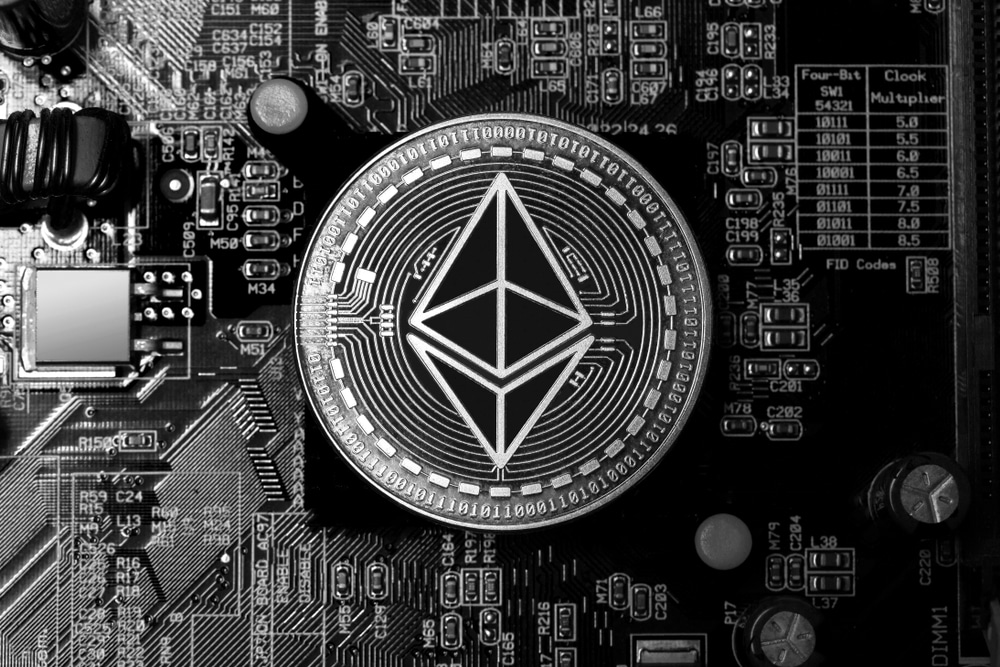All transactions on Ethereum, the second-largest blockchain, are usually initiated by wallet holders, not smart contracts. For instance, if Mike sends 2 ETH to John, then the tokens will be debited from his wallet, and such an action changes the state of the Ethereum blockchain.
When an Ethereum user initiates a transaction, it gets broadcasted to the entire blockchain to allow node operators to submit requests to execute that transaction. Once a node operator gets permission to execute the transaction, they validate it and add it to a block. Several types of transactions exist on Ethereum. They include:
Regular transactions: These are transactions happening from one wallet to another.
📈🤖 Unlock unparalleled trading potential with GPT Stocks Master AI! Revolutionize your portfolio, leveraging real-time insights and predictive analytics. Don’t miss out – step into a world where precision and profitability meet. Ready to transform your trading journey? Click “Master My Trades” now for your exclusive access! ✨🚀📊
Contract-deployment transaction: These transactions do not have a “To” address. Their primary use is to deploy smart contracts on the Ethereum blockchain.
Contract-execution transactions: These transactions interact with smart contracts deployed on Ethereum. That means users enter the smart contract addresses in the “To” field.
How Do You Check the Status of Your Ethereum Transaction?
Here is how you can track your transaction on the Ethereum blockchain after initiating it:
Step 1: Choose a Blockchain Explorer
Numerous blockchain explorers have been developed to allow Ethereum users to track their transactions. Some of the popular explorers you can use include Ethplorer, EthVM, and Etherescan.
Step 2: Key in the Transaction ID (Hash) Into the Search Field
After selecting a blockchain explorer, go to your wallet, copy the transaction ID or hash, and paste it into the explorer’s search field. All transactions have IDs, which are used to identify them on the Ethereum blockchain. These IDs contain a string of random numbers and letters.
Step 3: Press “Enter” or “Search” to Start Tracking Your Transaction
Most Ethereum explorers either have the “Enter” or “Search” buttons, which, when pressed, allow the explorers to find users’ transactions on blockchains. However, if you use Ethplorer to track your transaction, you will not see the mentioned buttons. Instead, you’ll find “Ethplore.”
Step 4: Track Your Transaction
All Ethereum explorers display the status of transactions. If your transaction is confirmed and added to a block, its status will show as “Successful” or “Success.” In such a case, expect your tokens to reach the destination wallet within a few minutes or hours. The transaction time usually depends on the network congestion. If the blockchain is busy, your transaction may take some hours to complete.
On the other hand, if the status of your transaction is “Fail,” numerous error messages will appear. They include:
Out of Gas: If this message shows, it means that your transaction was not completed because you did not have enough network fees. In such a scenario, you can add more ETH to your wallet and initiate the transaction again.
Reverted: When you enter the wrong transaction details, you are likely to receive a “Reverted” error message.
Transaction not Found: This message means your transaction has not gone through or has yet to appear on the blockchain explorer. If you check the transaction on other explorers and it still does show, then there is the probability that it didn’t go through, so try again.
Pending: When your transaction’s status is “Pending” it indicates that the validators have yet to confirm it. Note that you can cancel a pending transaction.
Why Tracking On-Chain Transactions is Necessary
As mentioned, network fees must be paid for validators to complete transactions. These fees vary depending on network activity. The higher the activity, the higher the fees users pay. Therefore, tracking your Ethereum transaction is vital to determine the cost of using the blockchain at a particular time.
By understanding the transaction cost, you are able to add enough ETH to your wallet to allow your subsequent transactions to be completed without any delays.
Moreover, using blockchain explorers gives you access to helpful information like ETH’s price, block confirmations, timestamp, gas limit, base fee, and nonce.
Having this information allows you to transact on the Ethereum blockchain seamlessly.

